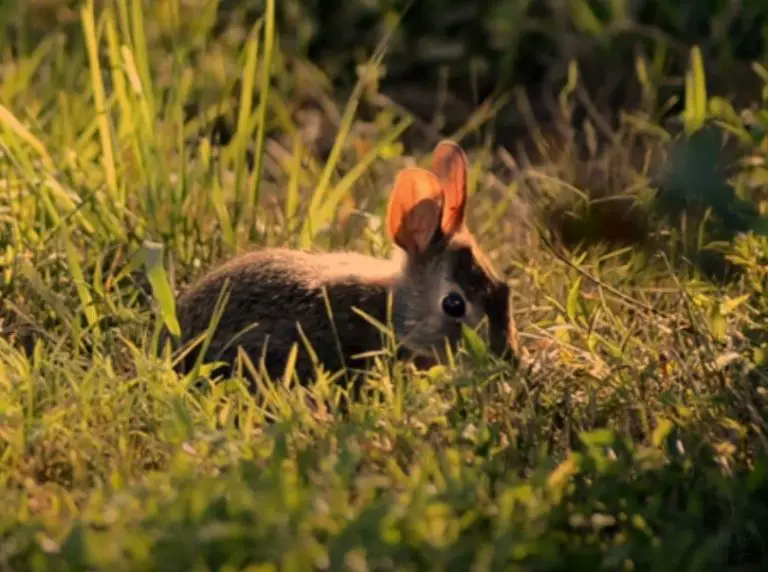How Far Do Hedgehogs Travel?

How far do hedgehogs travel
Hedgehogs have territories of up to one square kilometer and walk an average of 3 to 5 kilometers at night. Originally the hedgehog, or more precisely the Central European brown-breasted hedgehog (Eraceus europaeus) lived in light deciduous and mixed forests, on the edges of forests and in bushes.
Due to the intensification of land use, it was increasingly displaced into the parks and gardens of the settlements. The twilight and nocturnal animals spend the day in changing “day nests” under bushes or in piles of leaves.
Hedgehogs are lonely nocturnal animals and can generally only be found in pairs during the mating season. During the day hedgehogs sleep in their shelter under the bushes or in the tall grass.
Their active phase, in which they look for food, only begins at sunset. On a night excursion, hedgehogs can easily cover up to two kilometers but usually move slowly. If they are disturbed, they move away quickly.
In general terms, the hedgehog does not travel to change places frequently, Hedgehogs stay true to their location, which means they stay in the same area during their lifetime if possible. When it gets cold at the end of October or the beginning of November, the hedgehogs go into hibernation.
Hedgehogs prefer structurally rich habitats with changing vegetation: Woods, even those with dense undergrowth, are just as important as open areas (ie without woody trees) with tall grass. Such varied habitats offer a multitude of sleeping places and food sources.
The hedgehog travels in search of food and a place to hibernate
Hedgehogs can still be out looking for food until mid-November, or to find a suitable place to hibernate. Hedgehogs hibernate. To do this, they usually look for winter quarters, e.g. piles of leaves and brushwood, in November when the ground temperature remains around zero degrees Celsius. Hedgehogs lose 20 to 40 percent of their body weight during hibernation.
What kind of food does a hedgehog look for during an overnight trip?
Hedgehogs are mostly insect eaters and hedgehogs are not vegetarians.
Hedgehogs as avid insectivores have a very wide range of food: In addition to beetles, mealybugs, snails, and worms, as well as eggs and small vertebrates, are on their menu – to the delight of gardeners.
Vegetarian foods, such as fallen fruit (preferably with insects and worms), seeds, nuts and berries are particularly popular as additional food in the fall.
This is good preparation for hibernation because carbohydrate-rich foods raise blood sugar at low temperatures and act as an antifreeze. Daily forays can cover a distance of two to three miles.
How do hedgehogs move around?
The hedgehog walks and habitually stands up around its “knees”, which means that it bends its knees in such a way that its belly almost touches the ground. So it does not have to keep all its body weights lifted all the time.
When walking, the hedgehog walks steadily with the sole of its foot. These animals are called sole walkers in contrast to tiptoe walkers (for example, the horse), which only touch the ground with their toes.
With the exception of the soles of the feet, all of the four feet are hairy and each has five toes with pointed claws.
In most cases, the hedgehog moves very slowly. Once it sees something unknown or new, they move very quickly and curl up into a ball of spikes.
Sometimes it will trip with its legs stretched out. Not only does it look bigger, but it can also run very fast.
The hedgehog cannot jump but can climb small walls. Once at the top, it curls up and drops down the other side. The spines absorb the impact in an elastic way and prevent injuries.
Life Expectancy and Hedgehog Travel
Hedgehogs can live to be seven to eight years old, but most of them only live to be two to three years old. Due to their daily long hikes, they are extremely endangered by road traffic. The juvenile mortality rate is high in hedgehogs.
Especially in autumn, young hedgehogs in particular can also be diurnal in order to eat up the necessary fat reserves as protection from the cold and food supply for hibernation.
How long is a hedgehog’s journey at night?
Based on research observation, the male hedgehogs are capable of traveling up to 5 km in a night during the warm season. Females can travel from 0.5 to 1.5 km in the search for food throughout the night.
When and where do hedgehogs sleep?
During the day, the hedgehogs sleep in their refuge under the shrubs or in the tall grass. The active stage in which they look around for something to eat usually begins at dusk.
Hedgehog awakening in spring
When the exterior temperature is around 10 °C (50 °F) for a longer period of time, the hedgehogs wake up from their hibernation. Males, by the way, a few weeks before females.
The process of waking up takes several hours, during which time the hedgehog uses an immense amount of energy. The so-called “brown fat” which is stored in their shoulder area is particularly helpful.
When it wakes up, the blood flow increases up to five times and the heart and breathing rhythm is greatly accelerated. The muscles, especially the legs, shake a lot.
When the hedgehogs wake up from their hibernation, they immediately start looking for food.
Can a hedgehog climb?
During the day, the hedgehogs sleep in their refuge under the shrubs or in the tall grass. The active stage in which they look around for something to eat usually begins at dusk.
Hedgehogs cannot jump, but they can climb obstacles up to about 20 centimeters high, Only when the hedgehog does not see an opportunity to escape does it curl up into a ball.
Can a hedgehog climb stairs?
For an Adult hedgehog, Steps are not normally a barrier. For young hedgehogs, the stairs are too high and therefore they fail. This is why young hedgehogs are often found at the foot of an outside basement staircase: They roll down the stairs, but can no longer climb them.






